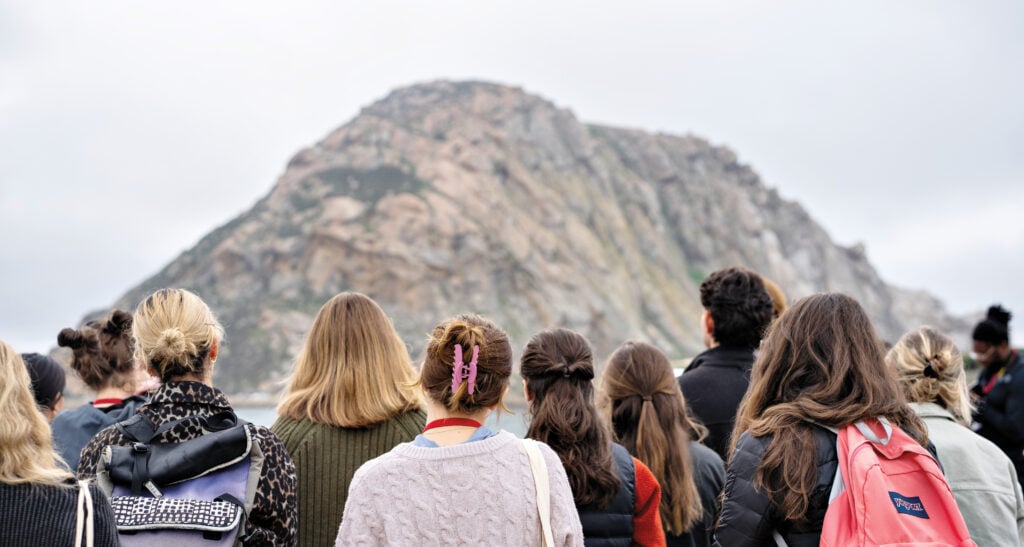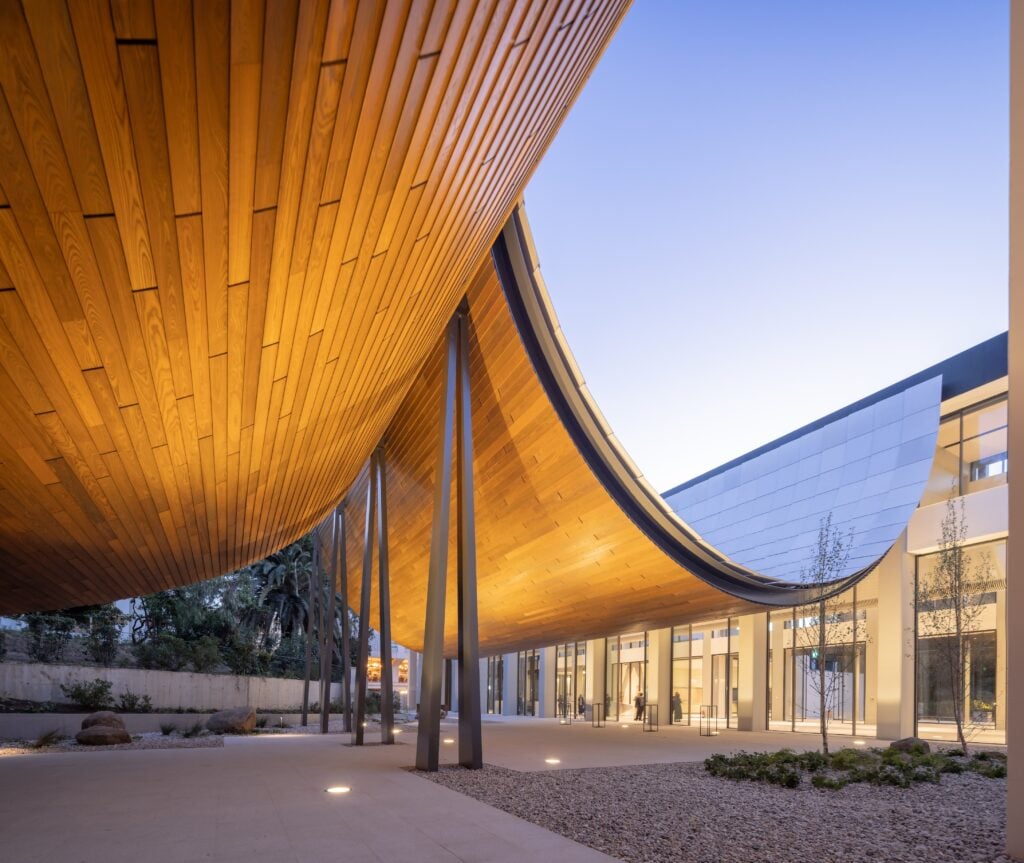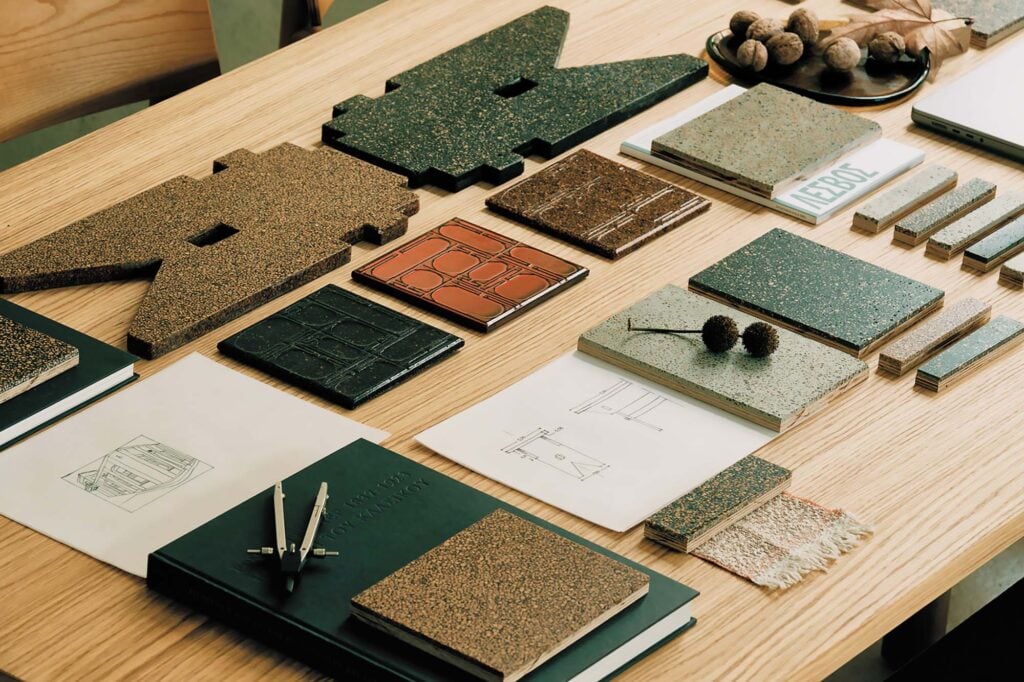
July 5, 2024
Xtreme LA Trains Tomorrow’s Design Leaders on Environmental Stewardship

On the first day of the challenge, I hopped on a bus and enjoyed the quick scenic drive to Morro Bay with the eager group of designers and undergraduate students for a site tour led by Lauren Hackney, lecturer at Cal Poly. The university sits on the traditional lands of the yak tityu tityu yak tiłhini Northern Chumash Tribe, which has had a documented presence in the area for over 10,000 years. We were heading to meet tribal member and secretary Kelsey Shaffer, to hear about how the tribe has stewarded its ancestral lands, and how landscape designers can learn from this traditional ecological knowledge.
When we arrived, we were greeted by cool winds, rough waves, kayakers paddling out to the dunes, otters playing in the bay, and of course, the commanding presence of the 581-foot-tall Morro Rock. “Lisamu, or Morro Rock, is a place where tribes from all over would come to gather, and it’s important for us to have fire together, share food, songs, and give gifts together. It’s a place of prayer,” Shaffer explained. “People come here to seek healing and have a sense of peace, and you don’t have to be Indigenous to feel this.”

As we walked around the rock, we met Bill Roschen, chairperson of the Morro Bay Planning Commission, who explained it from a planning perspective. “This was a World War II site, and the war impacted the development of the whole harbor,” he said. For one, it’s not naturally a harbor at all but an estuary. The shallow harbor was dredged during the war, and the rock was quarried from 1889 to 1969 to provide material for the breakwater.
For the participating students, Xtreme LA wasn’t just a course requirement but a unique professional development opportunity. Over the next two days they worked under the guidance of prominent landscape architects Sarah Kuehl, partner and cofounder of EinwillerKuehl Landscape Architecture, and Maura Rockcastle, principal and cofounder of TEN x TEN Landscape Architecture, to devise conceptual overviews, plans, and schematic designs, followed by public presentations of their solutions.
The projects exhibited careful attention to environmental stewardship that elevates Indigenous voices, prioritizes habitat conservation and restoration, and considers future impacts such as shoreline alteration and flooding brought on by climate change. When asked how this exercise would inform their professional careers, a student named Marie spoke up: “It emphasized how much this profession is about collaboration, coming together, and having a hard conversation.”
Would you like to comment on this article? Send your thoughts to: [email protected]
Latest
Viewpoints
Archtober Invites You to Trace the Future of Architecture
Archtober 2024: Tracing the Future, taking place October 1–30 in New York City, aims to create a roadmap for how our living spaces will evolve.
Projects
Kengo Kuma Designs a Sculptural Addition to Lisbon’s Centro de Arte Moderna
The swooping tile- and timber-clad portico draws visitors into the newly renovated art museum.
Products
These Biobased Products Point to a Regenerative Future
Discover seven products that represent a new wave of bio-derived offerings for interior design and architecture.





